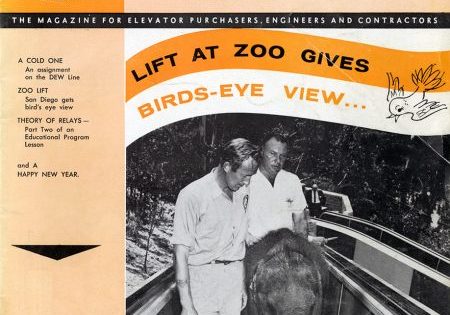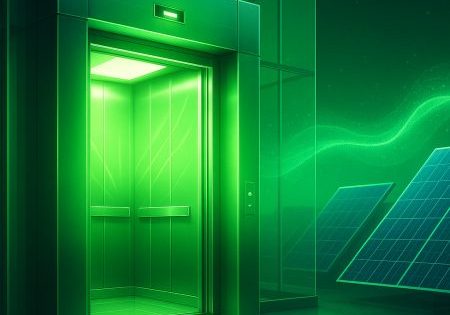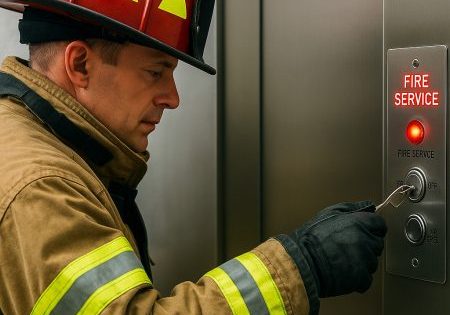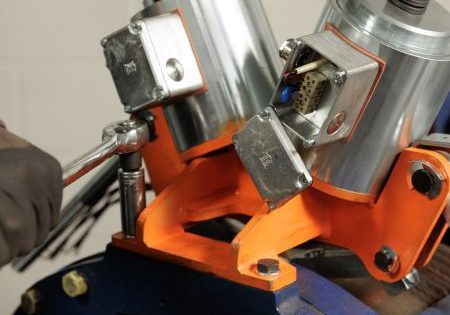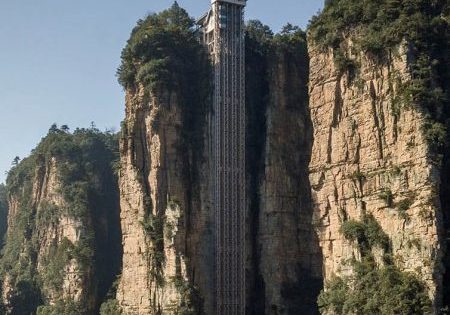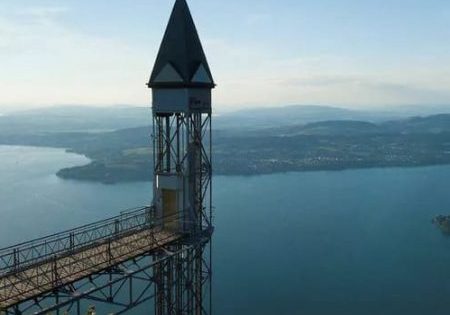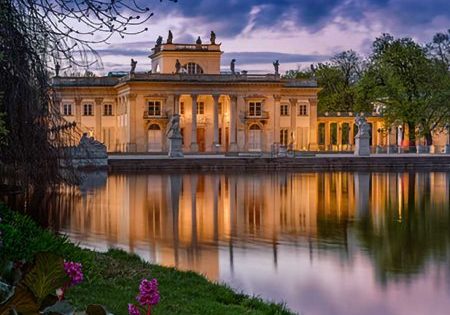Diplomatic Buildings Drive VT
Oct 1, 2025
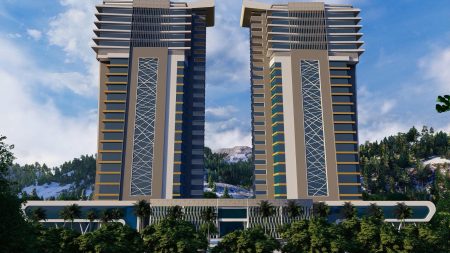
As diplomatic buildings of embassies of South Africa reach for the sky, demand for VT systems rises.
by Shem Oirere, EW Correspondent
Some African countries are increasing their capital expenditure for high-rise buildings and multi story structures to host their diplomatic and foreign trade offices both at the local and international front. This increase in high-rise diplomatic buildings is creating demand for efficient vertical-transportation (VT) systems across South Africa.
Tanzania and Kenya are among countries in the continent currently constructing new, or modernizing existing, diplomatic buildings. VT companies are eyeing the new business opportunities in the supply, installation and maintenance of elevators, escalators and stair lifts and associated VT systems.
For instance, Tanzania’s Ministry of Foreign Affairs has partnered with the country’s National Social Security Fund (NSSF) in the construction of a 22-story twin tower in neighboring Kenya’s capital, Nairobi.
The tower, which is in the city’s Upper Hill area, popularly referred to as Nairobi’s biggest home of skyscrapers, is expected to house the Tanzanian embassy in Kenya, as well as commercial offices. Sharing the building will save on rent. The current diplomatic location is at the Starehe, Reinsurance Plaza, on Taifa Road within the city.
As an agency mandated by the State to collect, invest and distribute retirement funds of all employees across all economic sectors in Tanzania that are not covered under the governmental pension schemes, NSSF holds an 80% share in the twin tower project, while the Ministry of Foreign Affairs has a 20% stake.
Tanzania’s former foreign affairs minister January Makamba said completion and occupancy of the twin towers will not only enhance the outlook for the fast-changing Nairobi city skyline, but will save his government significant foreign exchange currently allocated to rent for its embassy in Kenya. Makamba said:
“The Tanzania towers, containing residences and offices and adding beauty to the Nairobi skyline, will not only earn the government much-needed foreign currency, but will also save the government rental expenses for the chancery and embassy staff housing…We are delighted that NSSF management, the investment committee and the whole board have found this investment profitable.”
Makamba noted that Tanzania spends an estimated US$11 million annually for renting embassy offices and embassy staff housing globally. However, with the approved new government to build its own diplomatic property, Tanzania will earn an estimated US$13.4 million every year from the infrastructure investments, with the first phase targeting the cities of Nairobi; Kigali, Rwandal; Kinshasa, the Democratic Republic of the Congo; London, England; NYC; and Lusaka, Zambia. These are cities in VT markets dominated by international lift and escalator manufacturers, suppliers and installers that also have a heavy Chinese presence. Makamba said:
“In the new strategy, which the government approved recently, we seek to use professional and world-class real estate entities to develop these assets to earn income for the government and uplift the quality of our embassies and embassy staff housing.”
The 22-story twin tower in Nairobi is also likely to boost the VT maintenance and repair services market in Kenya, as well as expand consultancy service opportunities.
A tender has been floated for six escalators and 10 lifts for the Tanzania towers, although it had not been awarded as of May.
Meanwhile, Tanzania has acquired land and is constructing new, or modernizing and rehabilitating existing, buildings in countries such as South Africa and Uganda. This comes at a time where the government is seeking to reduce its rent bills for foreign embassy buildings and promote trade, a trend considered a catalyst for growth of elevator maintenance and repair enterprises in the region.
Since fiscal year 2022/2023, the Tanzanian government has been allocating funds for the rehabilitation of four of its diplomatic buildings in Pretoria, South Africa. This includes offices of the embassy, residence of the ambassador, residence of the head of administration and finance and residence of military attaché. The project is a boon for the regular VT equipment upgrade service providers in South Africa, one of the biggest lift and escalator markets in Africa.
Elsewhere, the Ministry of Foreign Affairs continues with a construction program on three Tanzania-owned plots in Uganda’s capital, Kampala. With an estimated cost of US$750,000, the program would house a new office for the country’s embassy in Uganda, more office space for other staff and a residential building. In a previous statement, the ministry said:
“In order to implement the commitment of the government to construct and renovate embassy offices, invest in buildings and shape the image of our nation, the ministry has conducted a comprehensive evaluation and identified projects of priority, short and mid-term plans, the associated challenges and how to handle them, to particularly facilitate partnership and participation of the private sector in the development of these projects.”
A tender has been floated for six escalators and 10 lifts for the Tanzania towers, although it had not been awarded as of May.
In Kenya, the government is stepping up State-sponsored investment initiatives targeting diplomatic buildings as part of the country’s Vision 2030 strategy focused on the development of foreign missions abroad and the city of Nairobi as a multilateral hub. Part of the Vision 2030 report says:
“The projects to be undertaken during the plan period include the construction of the chancery and ambassador’s residence in Kampala, Uganda; commercial buildings with chanceries in Juba, Bujumbura and Kigali; a convention centre, office blocks and hotel in Gigiri, Nairobi; and construction of an ultra-modern building to house the Ministry headquarters.”
Completion of the Rosslyn Grove project, a 90-unit high-security diplomatic housing community in Nairobi, remains one of the biggest achievements in the country’s diplomatic building plan.
The building, which was designed by Design Partnership Ltd., a local Kenyan architecture firm, and Aevitas Group, has the U.S. Embassy as one of the major tenants. Verdant Ventures and Gateway Real Estate Africa partnered in its development after the joint venture collaborated on a similar real estate project in Ethiopia.
Verdant Ventures describes itself as a “U.S.-based real estate development company with a mission to create high-quality real estate across Africa and the developing world that meet diplomatic and international standards, as well as creating satisfied customers, empowered workers and delighted investors.”
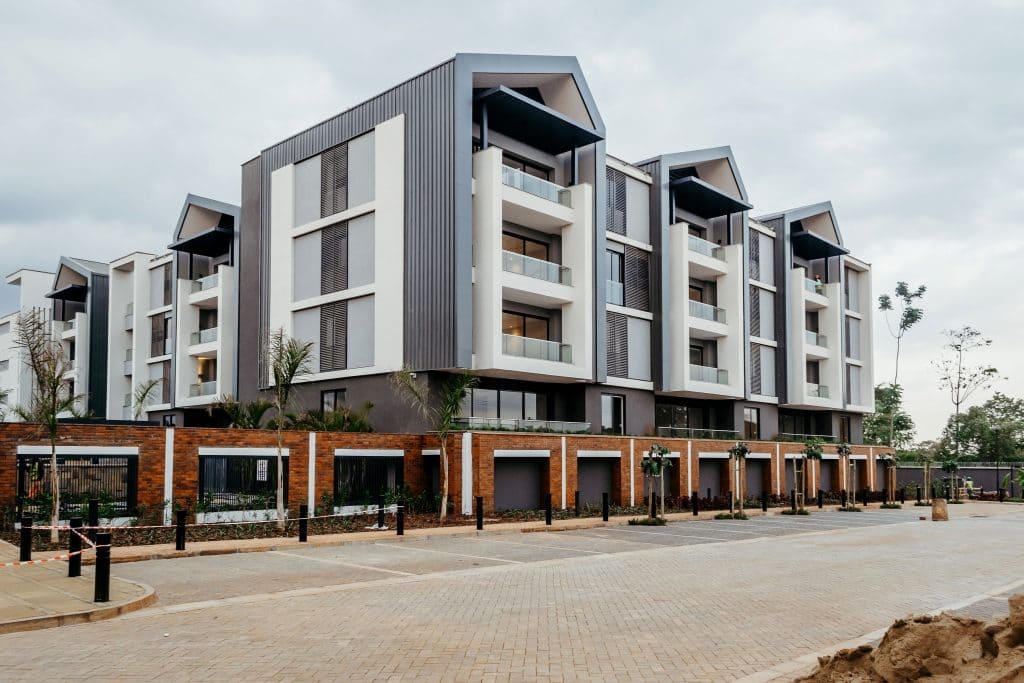
The involvement of Verdant Ventures could mean the project is being considered an American overseas undertaking that has been constructed to stricter building standards, including having provision for disabled access. U.S. building standards, among other requirements, include buildings and facilities designed to allow accessibility and usability for people with disabilities.
Gateway Real Estate Africa, on the other hand, is a Mauritius-based private real estate development company “specializing in the turnkey construction of accommodation for multinational corporations and retailers wishing to expand their operations on the African continent.”
And in what could likely open up the Kenyan VT market to Chinese equipment installation, operation and maintenance, the government has negotiated for Chinese financing and construction of new headquarters for the country’s Ministry of Foreign Affairs in Nairobi. Earlier this year, Affairs Principal Secretary Korir Sing’oei was reported saying:
“We, in this ministry, [give] special gratitude to the government of the People’s Republic of China for the generous grant towards the construction of a new ministry headquarters.”
The initial cost of the building was US$38 million, yet no new details have been provided as to when construction is expected to commence. Although it is too early to predict, the building is expected to open more business opportunities in the supply, installation and maintenance of VT equipment.
As more and more African countries forge closer diplomatic ties among themselves, as well as with the rest of the world, investment in the construction of high-rise buildings to house diplomatic offices and staff promise to continue to open new business opportunities for the global community of VT market companies.
Get more of Elevator World. Sign up for our free e-newsletter.


